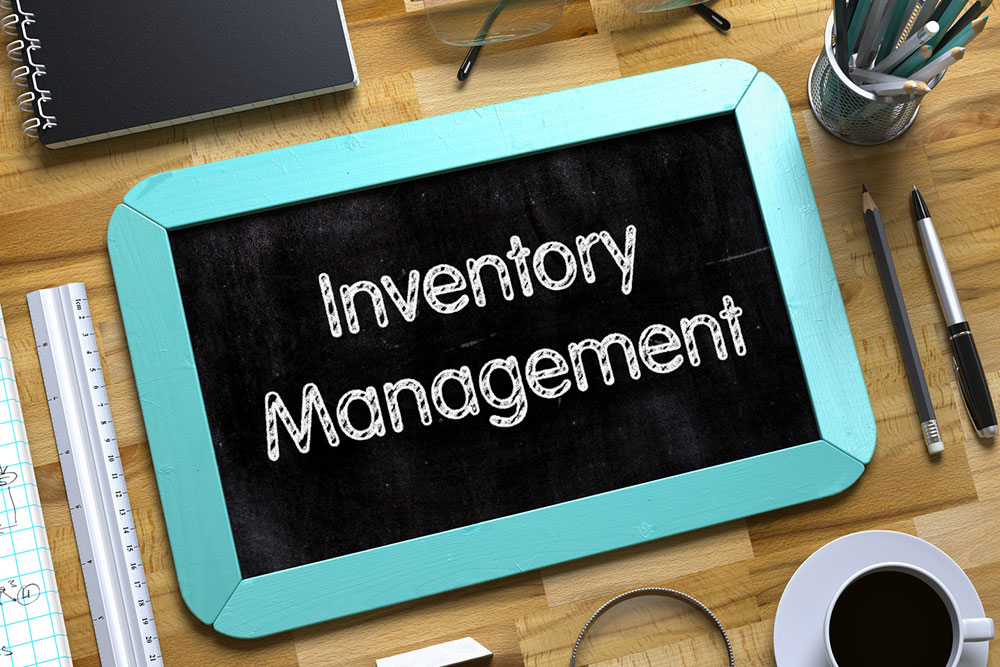8 reasons to invest in an inventory management software

Efficient procurement, utilization, and management of inventory reserves can make or break a business. Inventory management is a crucial aspect of any organization’s overall logistics and supply chain. The whole process involves many tasks, such as material procurement, inventory monitoring, order placement, and more. However, executing these tasks manually can be challenging and error-prone. Therefore, it’s wise to invest in inventory management software. Here are some key reasons for choosing such software:
Error-proof inventory tracking
An inventory management software is built to enable companies to integrate it with their enterprise resource planning systems. Using this extension, business owners and inventory managers can accurately track the movement of their stock with the software’s real-time inventory monitoring feature. This is a much better alternative to manually maintaining inventory in an Excel sheet by workers or managers. This way, the software eliminates human error from the process.
This tracking of stock, materials, and finished products is holistic, covering every part of the process from production to storage to sales. Therefore, while inventory management software is an expensive one-time investment (and also requires periodic updates), it ultimately saves businesses inventory management expenses.
Assistance with stock forecasting
One of the key tasks of inventory management software is forecasting the need for material order placement in the future based on current inventory levels and usage patterns for manufacturing. The system takes into account lead times, existing stock, manufacturing demand, and reorder points to provide recommendations to inventory managers about when and how many material orders will need to be placed.
Many inventory systems are so advanced that they consider product sales velocity, or the pace at which finished goods are selling, to change the reorder points and place raw material orders from suppliers much faster.
Easier to track product costs
Businesses can monitor the real-time costs of manufacturing their products using inventory management software. This software can maintain product costs using real-time updates and changes. So, every time a new purchase order comes into a business’s warehouse, the software updates the product costs to keep them updated. The software also speeds up the task of calculating COGS (cost of goods sold) and the ending balance of an inventory accurately. If handled manually, these processes can become slow and susceptible to mistakes.
Cost monitoring is not limited to product costs. An inventory management software can also actively track employee wages, insurance policy expenses, and transportation costs.
Monitoring costs and keeping them in check is critical to supply chain management. A perfectly tuned inventory management software can meet both those objectives without breaking a sweat.
Greater automation
Businesses can automate certain facets of their supply chain by using an inventory management software tool. Automation makes processes error-proof, reduces labor costs, enhances performance and speed, and brings more accuracy into stock counts. All in all, automation is responsible for reducing an organization’s dependence on human labor and, thereby, making inventory management more efficient in the medium to long term.
It saves the most valuable resource that logistics and supply chain companies have- time.
Improved productivity
The software optimizes productivity in warehouses and other areas of the supply chain. To begin with, as there are fewer inventory errors to correct, companies can improve their quality control and produce great products at faster rates. With the use of automation, a business can reallocate its labor costs to other areas of the business to make production more efficient.
If an organization has ten people on its inventory management team, the software can do its tasks, meaning that the organization can use its manpower in other required areas. By shifting excessive workers to productive work elsewhere in the company, businesses can ensure that their workforce is fully utilized and optimized.
Improved organization of the supply chain
Chaotic planning is the main cause of inefficiency and long lead times in the supply chains of organizations. Inventory management software brings much-needed clarity to proceedings by handling several tasks that humans would otherwise do in a possibly haphazard manner. This makes the roles and responsibilities of every worker and manager clear in an organization, resulting in the supply chain of the business becoming more streamlined and coherent.
Improved customer service
Effective inventory management systems empower businesses to fulfill the requirements of their customers in a timely manner by providing them with the products and services they need on or before the delivery ETA. When businesses are punctual and efficient in delivering goods and services, customers tend to develop a sense of loyalty towards them. This can further help expand the business’s customer base.
Better order fulfillment
Efficient order fulfillment relies on the synchronization of multiple factors, each being a crucial aspect of the process. For instance, a company must ensure that there is enough raw material in stock to fulfill an order when it arrives. Once this is achieved, production and packaging can take place without delay, resulting in the timely shipping of the goods to the customer. Streamlined order fulfillment leads to faster supply chain optimization and gradual expansion of a company’s customer base over time.